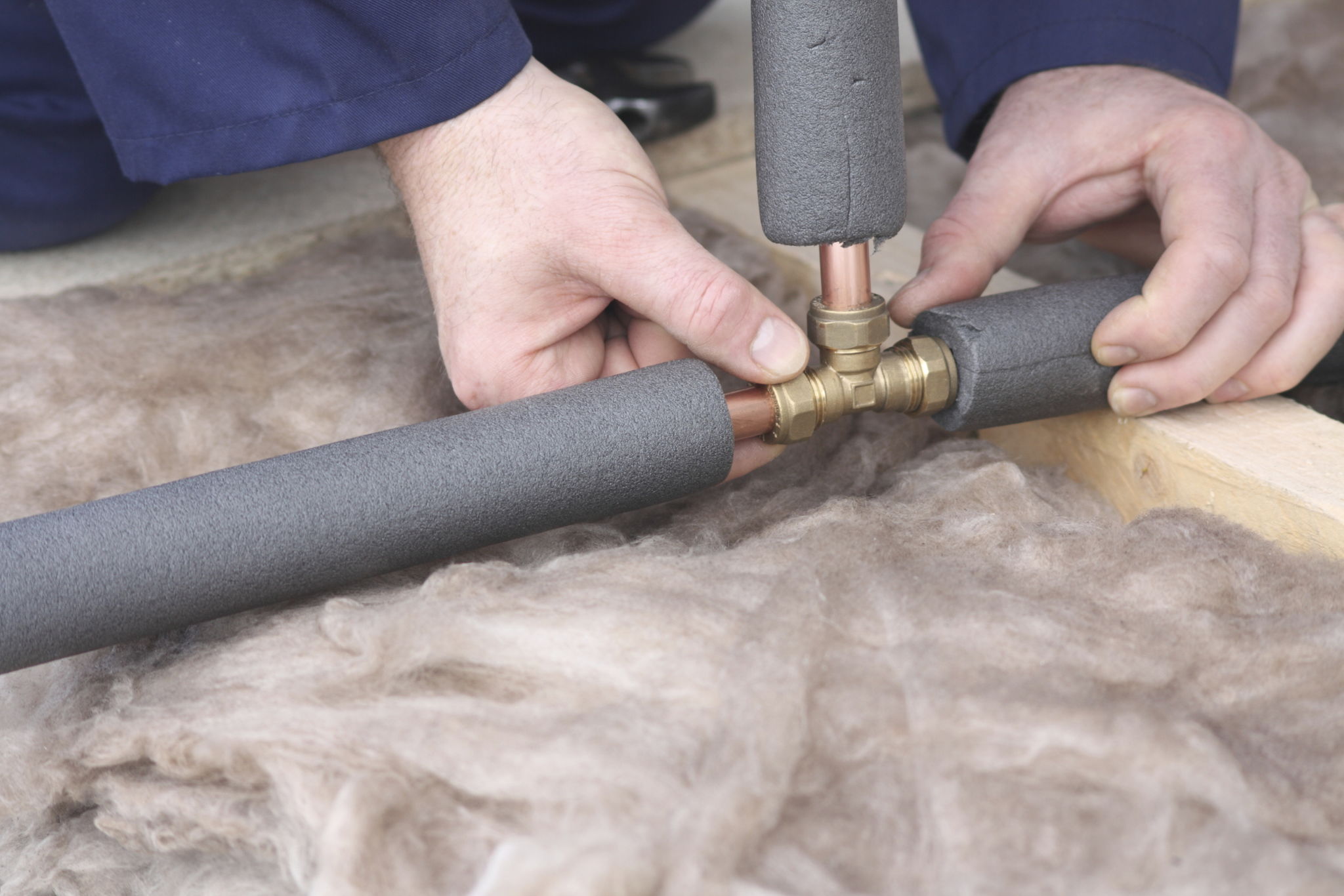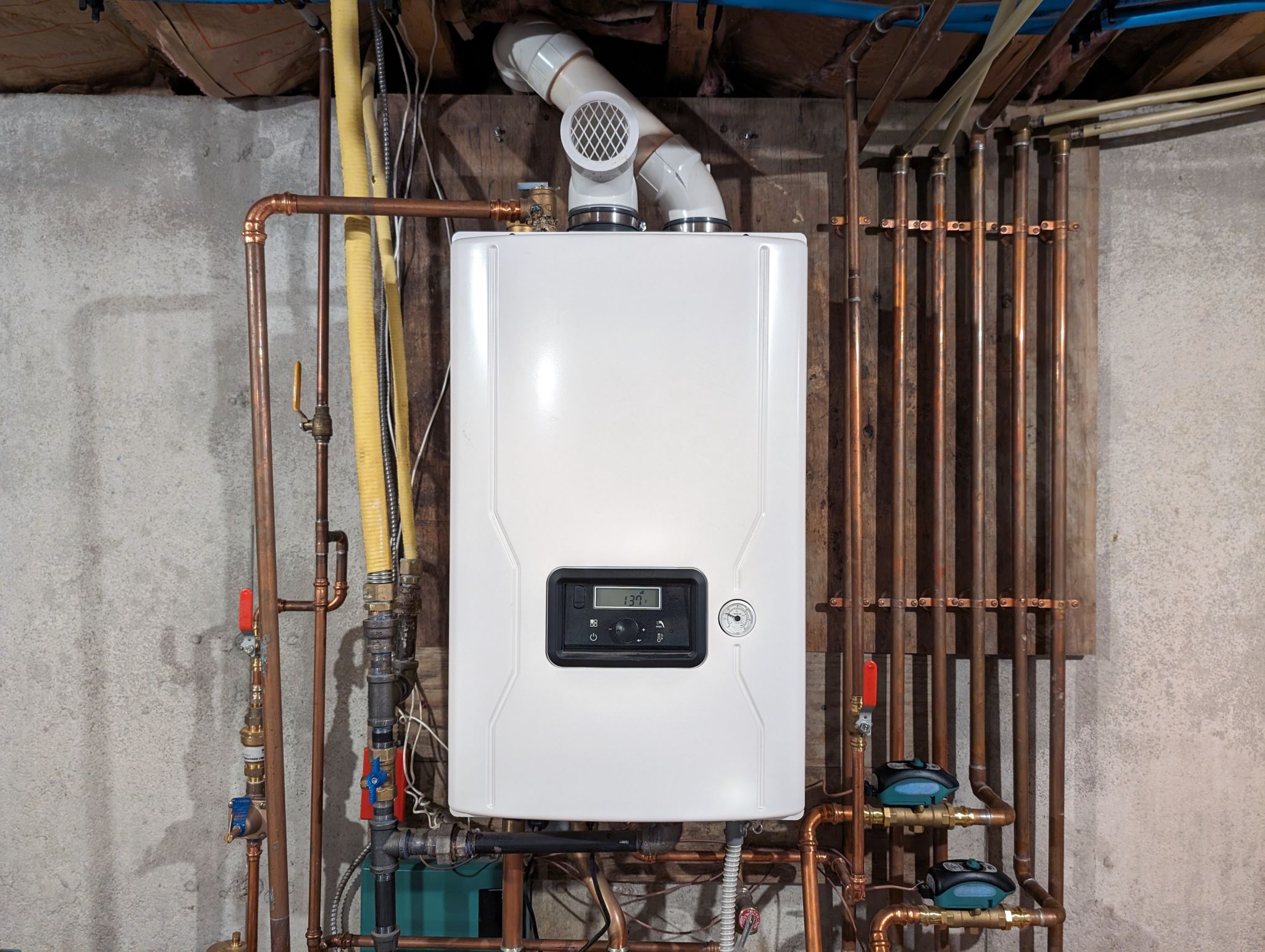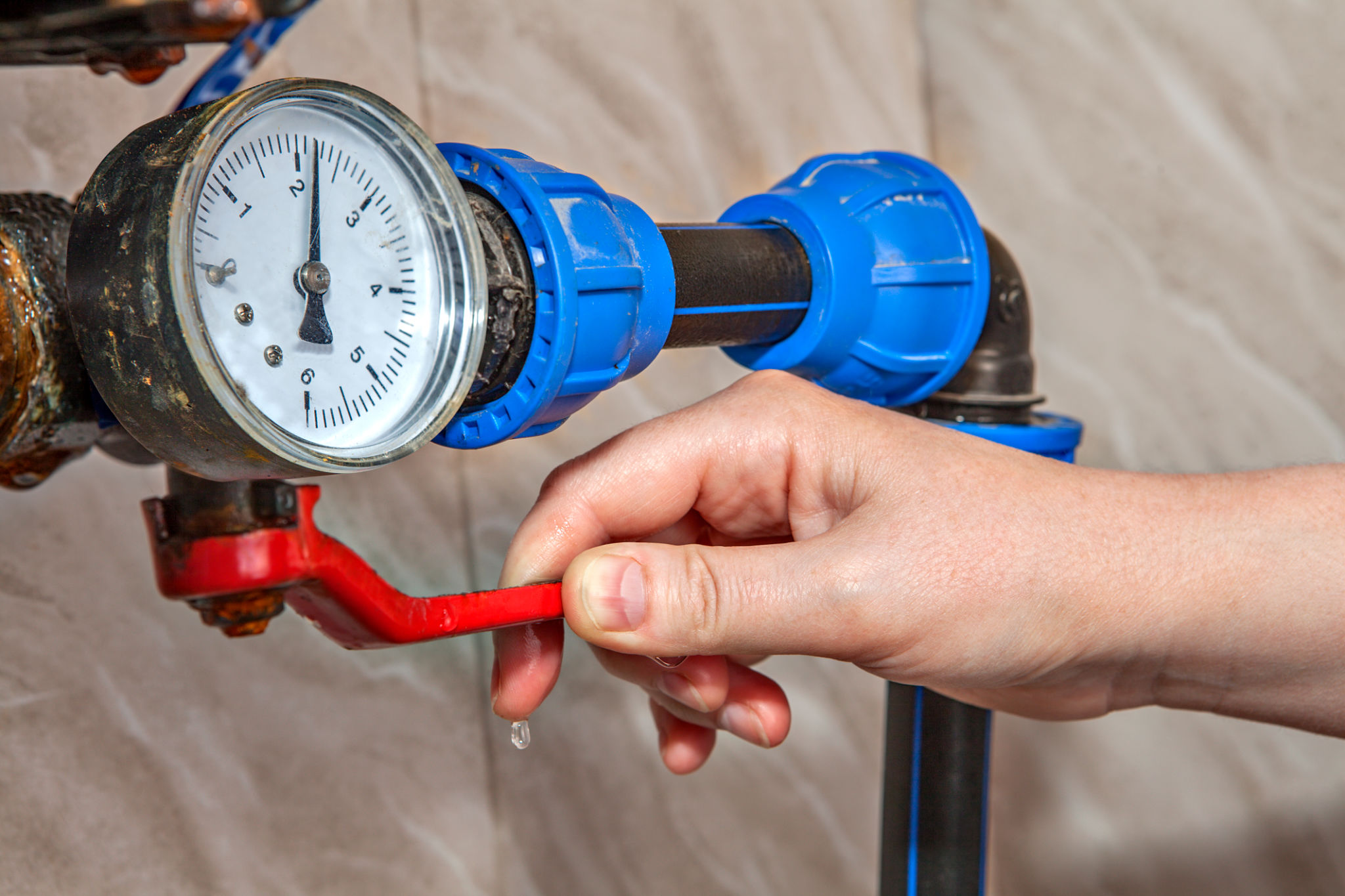Preparing Your Plumbing for the Winter in West Park: Essential Tips
Inspect and Insulate Your Pipes
As winter approaches in West Park, it's crucial to inspect your plumbing system to prevent any cold-weather mishaps. Start by checking all exposed pipes in unheated areas like basements, attics, and garages. Look for any signs of wear and tear, such as cracks or leaks, which can worsen in freezing temperatures. Insulating these pipes is an effective way to prevent them from freezing. Use foam pipe insulation or heat tape to wrap the pipes, ensuring that they are well-protected against the cold.
Insulating your pipes not only helps in preventing freezing but also aids in maintaining the efficiency of your hot water system. This can lead to energy savings, which is a bonus during the colder months when heating costs are typically higher. Make sure to cover all exposed pipes, including those outside the house, to provide comprehensive protection.

Drain Outdoor Faucets and Sprinkler Systems
One of the most common causes of winter plumbing issues is water left in outdoor faucets and sprinkler systems. Before the first freeze, disconnect and drain all garden hoses. Shut off the water supply to outdoor faucets and open the taps to allow any remaining water to drain out. This simple step can prevent pipes from freezing and bursting, which can cause significant damage and costly repairs.
For sprinkler systems, it's essential to blow out any remaining water using an air compressor. This ensures that no water is left in the pipes, which can freeze and cause the system to crack. If you're unsure how to do this, consider hiring a professional to winterize your sprinkler system properly.
Check Your Water Heater
Your water heater works overtime during the winter months, so it's important to ensure it's in good working condition. Start by flushing the tank to remove any sediment buildup, which can reduce efficiency and cause the heater to work harder than necessary. Inspect the heater for any leaks or signs of corrosion, and consider having it serviced by a professional if it's been a while since its last maintenance check.

Additionally, setting the thermostat to a safe and efficient temperature, typically around 120 degrees Fahrenheit, can help prevent scalding and save on energy costs. If your water heater is more than 10 years old, it might be time to consider replacing it with a more energy-efficient model.
Seal Any Gaps and Cracks
Cold air can seep into your home through gaps and cracks around doors, windows, and even plumbing pipes. Inspect these areas and seal any gaps with caulk or weatherstripping to keep the cold air out and the warm air in. This not only helps in maintaining a comfortable indoor temperature but also reduces the risk of pipes freezing near these drafty areas.
Pay special attention to areas where pipes enter the house, as these spots are often overlooked. Sealing these gaps can make a significant difference in preventing cold air from reaching your plumbing system.
Know How to Shut Off Your Water
In the event of a plumbing emergency, such as a burst pipe, knowing how to quickly shut off your water supply can prevent extensive damage. Locate your main water shut-off valve and ensure that it is easily accessible. Make sure everyone in your household knows where it is and how to turn it off.

It's also a good idea to test the valve periodically to ensure it works properly. If the valve is hard to turn or doesn't shut off the water completely, consider having it replaced by a professional plumber.
Consider Installing Pipe Heating Cables
If you live in an area of West Park that experiences particularly harsh winters, installing pipe heating cables can provide an extra layer of protection for your plumbing. These cables, also known as heat tape, can be wrapped around pipes to keep them warm and prevent freezing. They are especially useful for pipes located in unheated areas or those that are prone to freezing.
When installing heat cables, follow the manufacturer's instructions carefully and ensure that they are properly connected to a power source. This proactive step can save you from the headache and expense of dealing with frozen pipes.